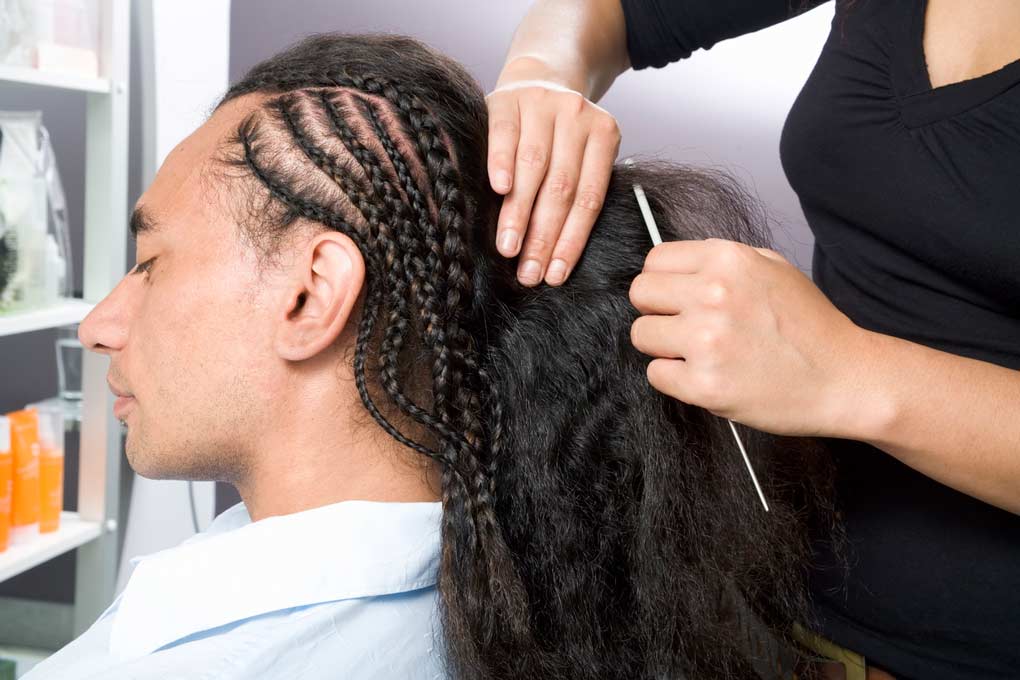What Is Central Centrifugal Cicatricial Alopecia?

Central centrifugal cicatricial alopecia (CCCA) used to be called hot-comb alopecia. CCCA was once thought to only occur in black women as a result of years of using heated metal combs to straighten the hair.(23)
As it was discovered in men and black and white women who did not use these heated combs, the condition was renamed follicular degeneration syndrome. This name reflected that the epithelial cells on the inner hair root sheath appeared to be prematurely shed. Later, it was designated as CCCA, which better described the typical course of the condition and the fact that not all follicles showed sheath degeneration.(23)
Symptoms of CCCA can include:(23)
- Breakdown of inner root sheath early in the disease
- Hair loss beginning with a circular/oval patch at the central midline scalp and spreading outward (with decreasing thinning) that slowly worsens
- Hyperpigmentation around the hair follicle
- Itchiness
- Tender scalp
What Causes CCCA?
What Causes CCCA?
Regardless of these clarifying name changes, CCCA is still much more prevalent in black women. It is also more commonly found in people who have tight braiding (which stress hair follicles) or use chemical straighteners. That's because chemical straighteners (and hot comb treatments) work by disrupting chemical bonds in hair, which can make hair more brittle.(23, 459)
Genetics may also play a role. And some research suggests there could be a link to CCCA in AA women who also have type-2 diabetes.(459)
However, there is little clinical or microscopic evidence that conclusively links all of these suspected grooming causes with CCCA. In fact, stopping these styling techniques or products does not appear to change the course of the disease. Some researchers suggest that CCCA may just be a variant form of androgenetic female patterned hair loss specific to black women (with a minute percentage occurring in others).(23)
Treatments for Central Centrifugal Cicatricial Alopecia
For the best chance of treatment success, it's important to treat CCCA at the first signs of a patch. Doctors typically prescribe steroids to halt the spread of the balding patch. The steroids are either applied topically or as monthly injections to the area of the scalp at the edge of the patch.(459)
Once the patch has stopped spreading, topical steroids are tapered off to 3 times a week, while injections are limited to 6 months. Topical minoxidil can also help when combined with steroid treatments. Surgical hair transplant can be tried, but experts recommend waiting until the patch (or patches) have been stable for at least a year.(459)
Other treatments that have shown some effectiveness include:(23, 182)
- Corticosteroid-containing shampoo
- Oral antibiotic (tetracycline, 500 mg twice a day)
- Systemic hydroxychloroquine
- Topical nonsteroidal cream (tacrolimus, 0.1% potency applied twice a day)



